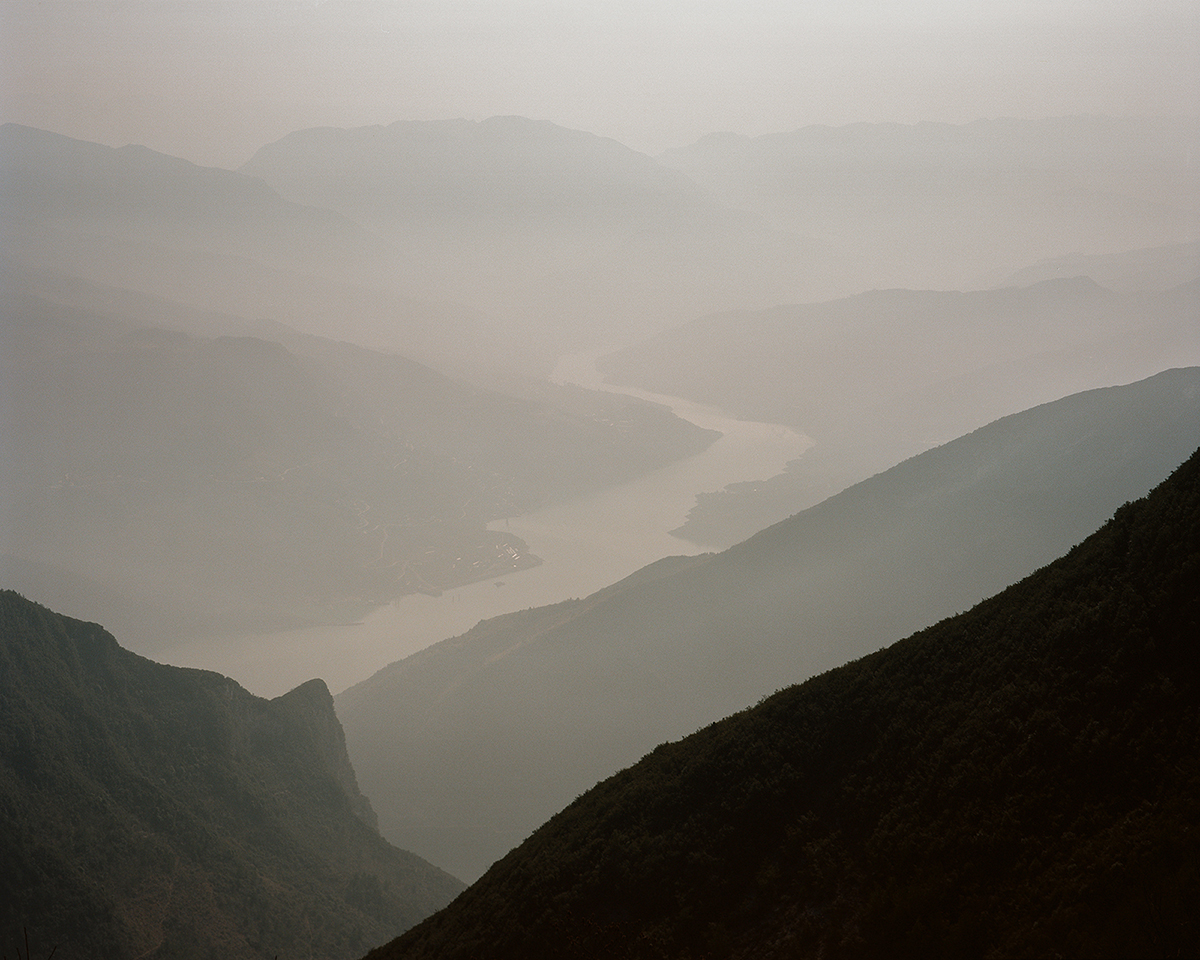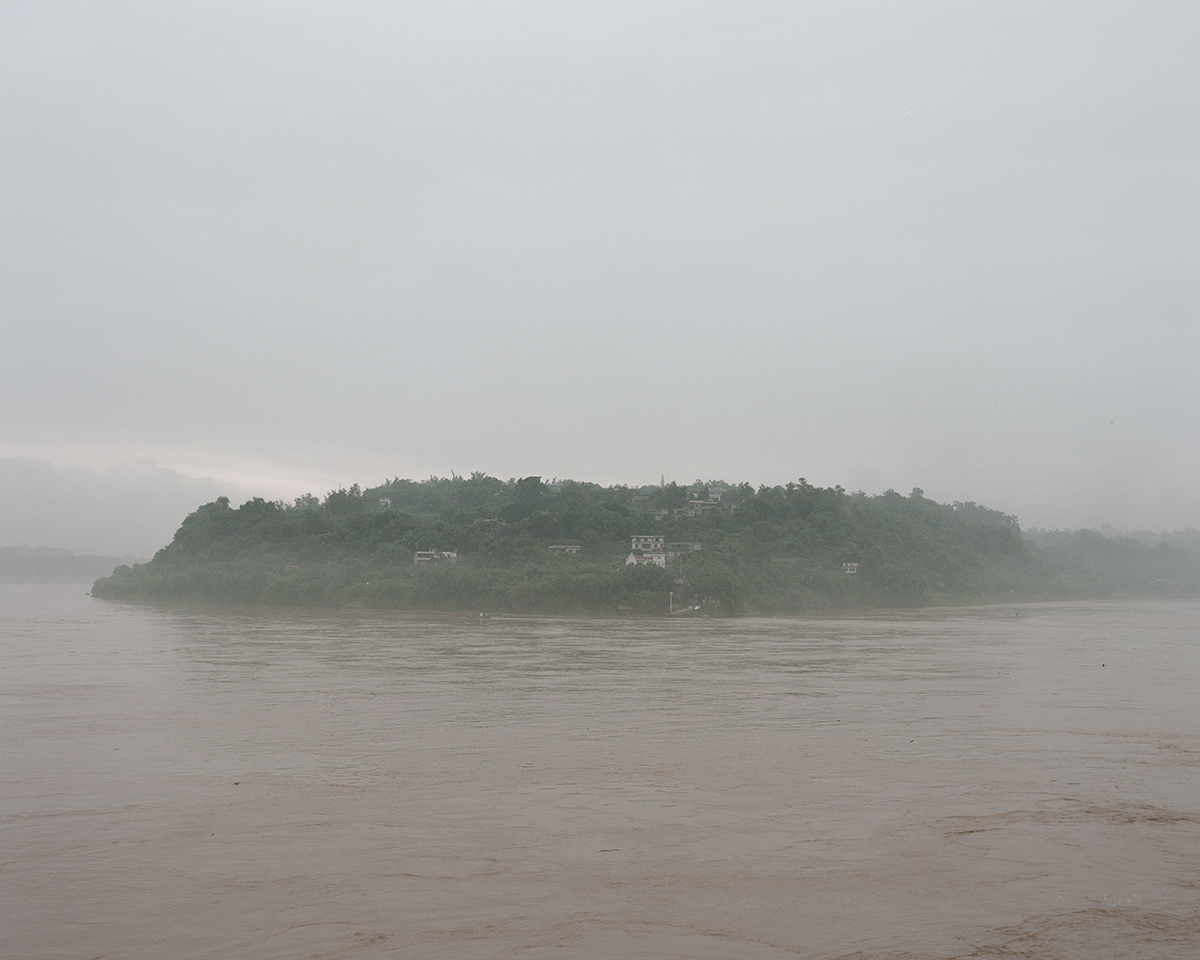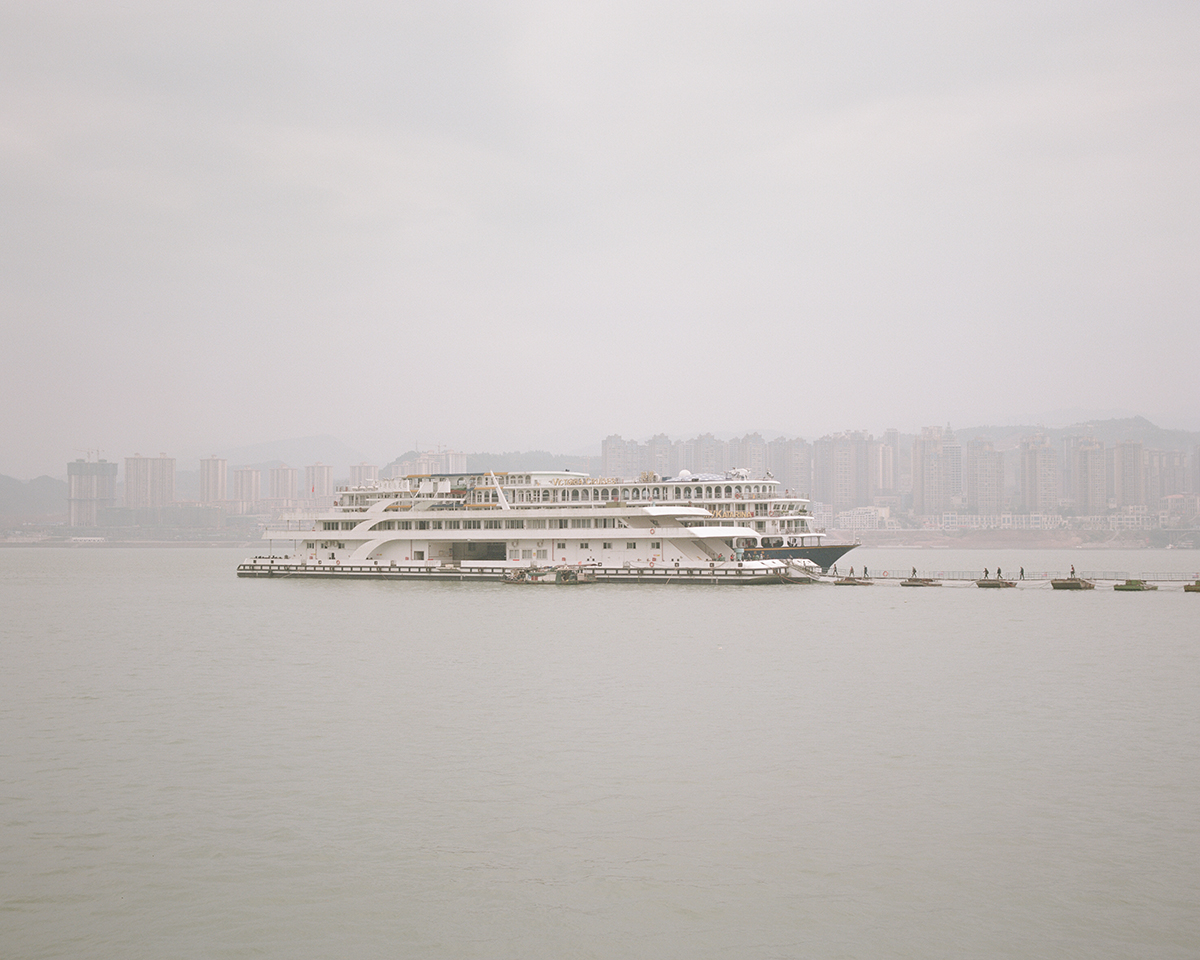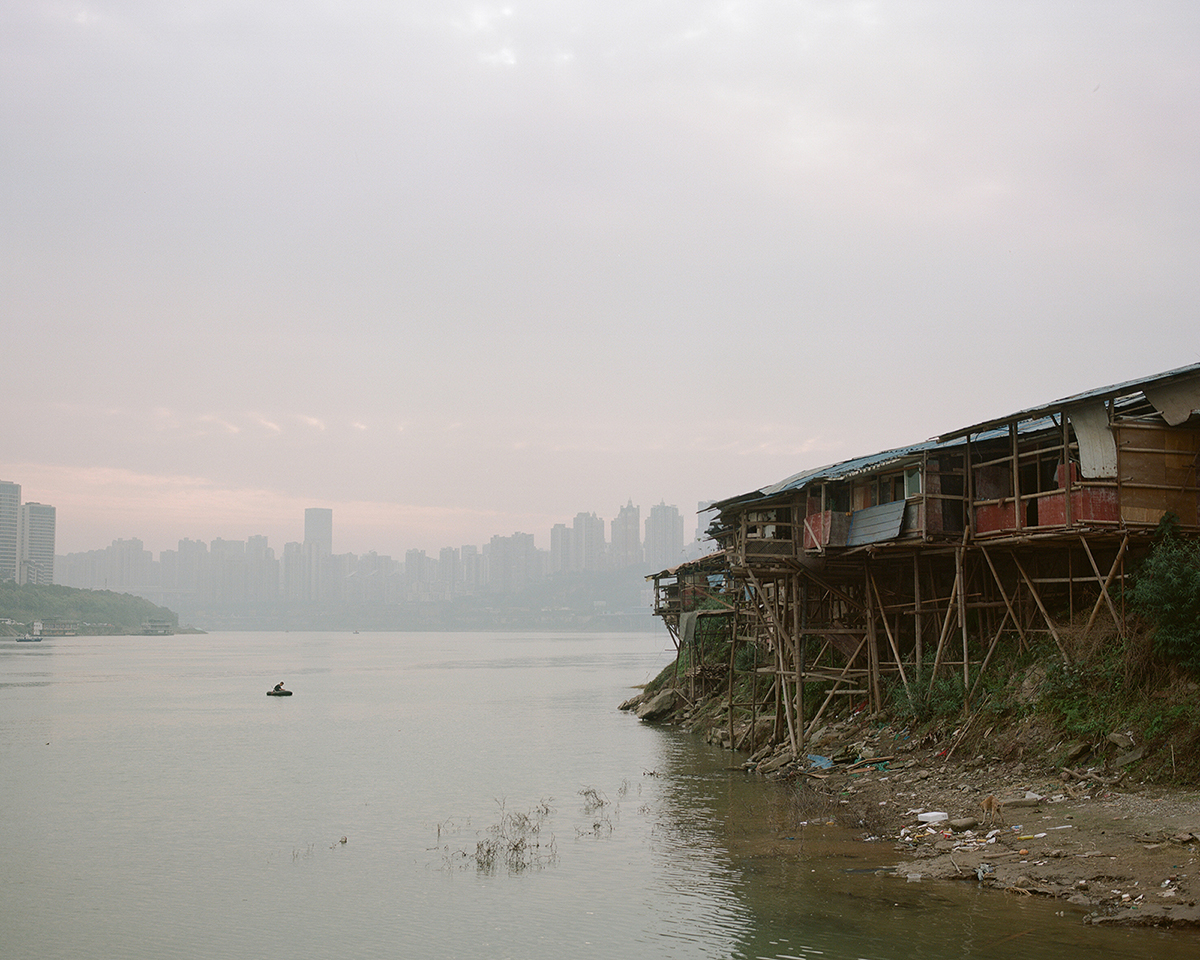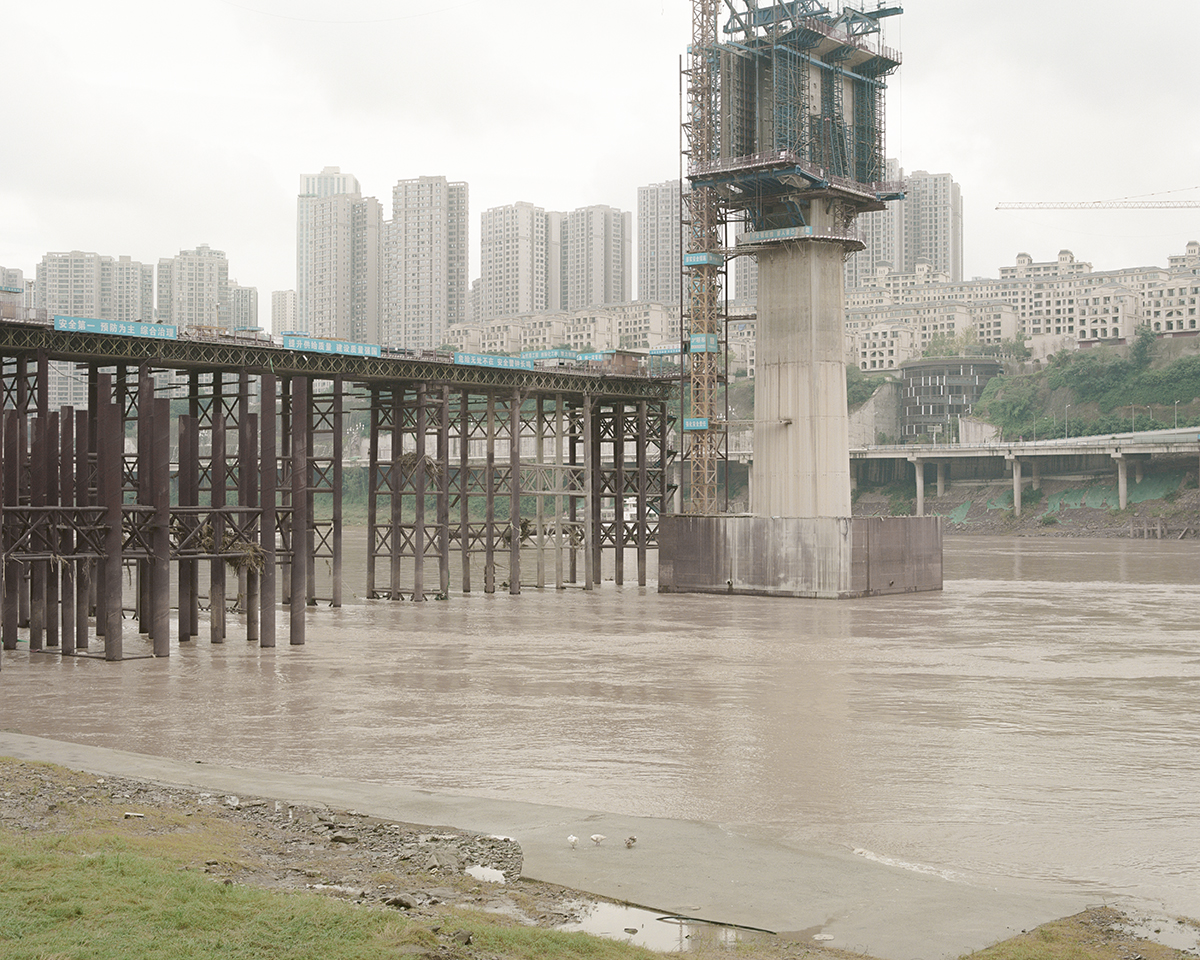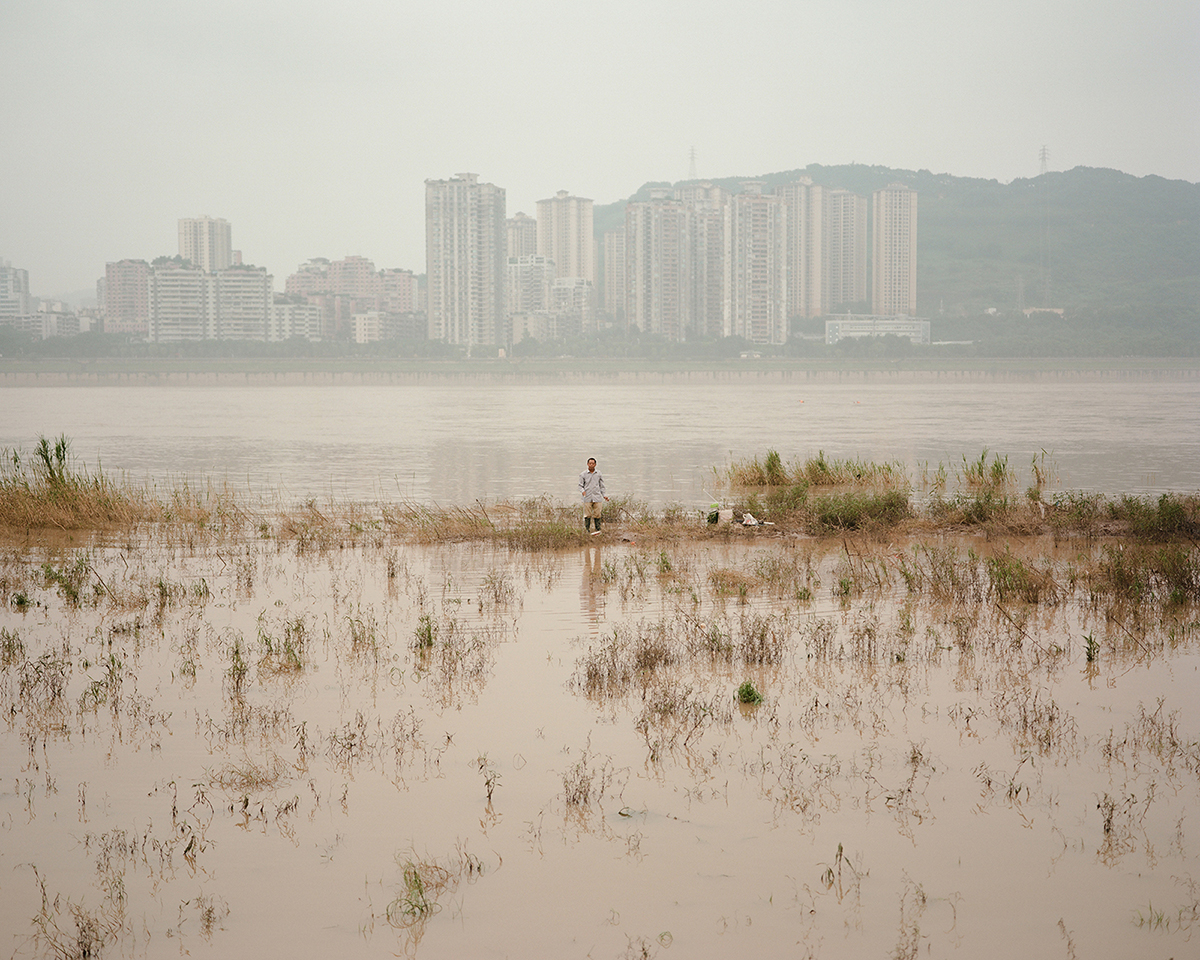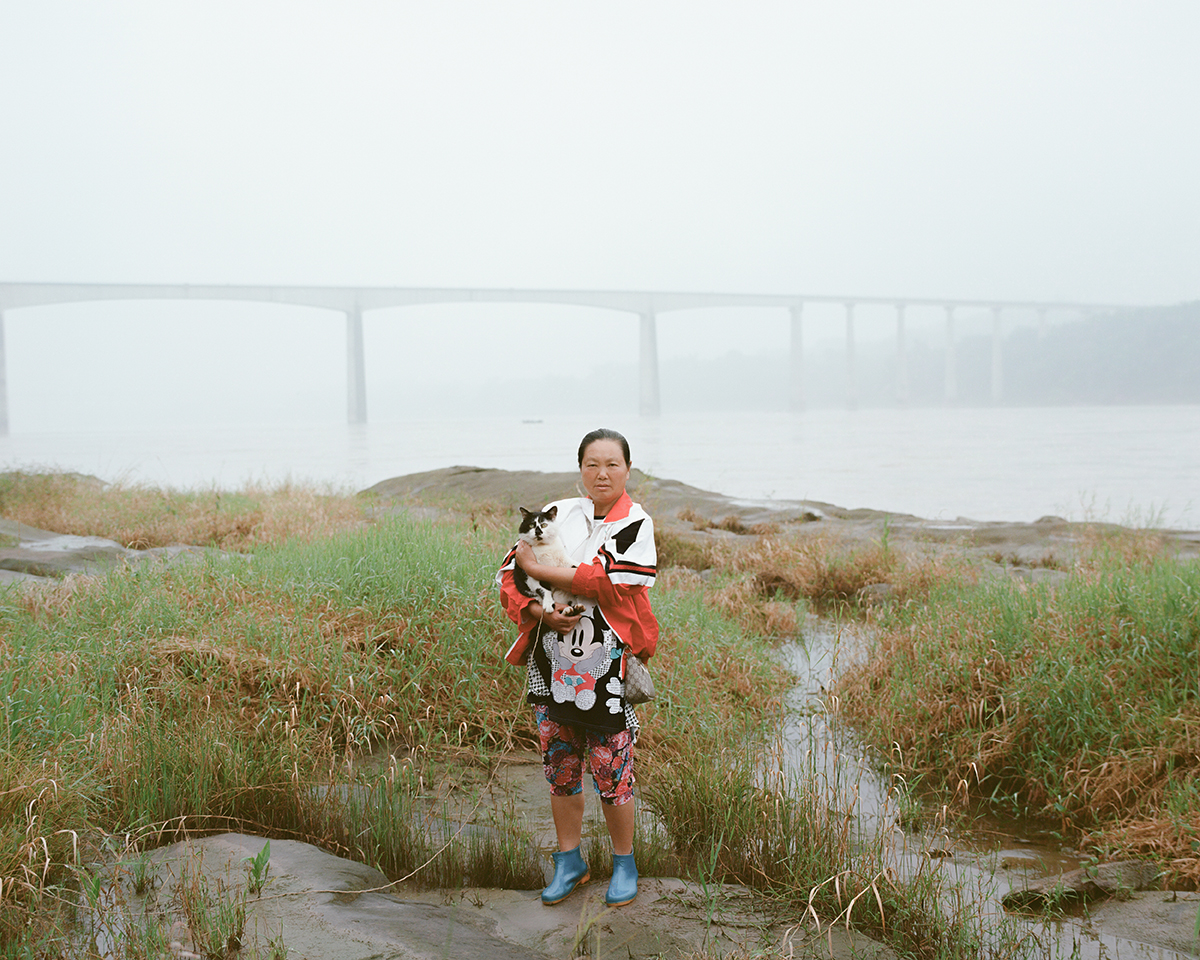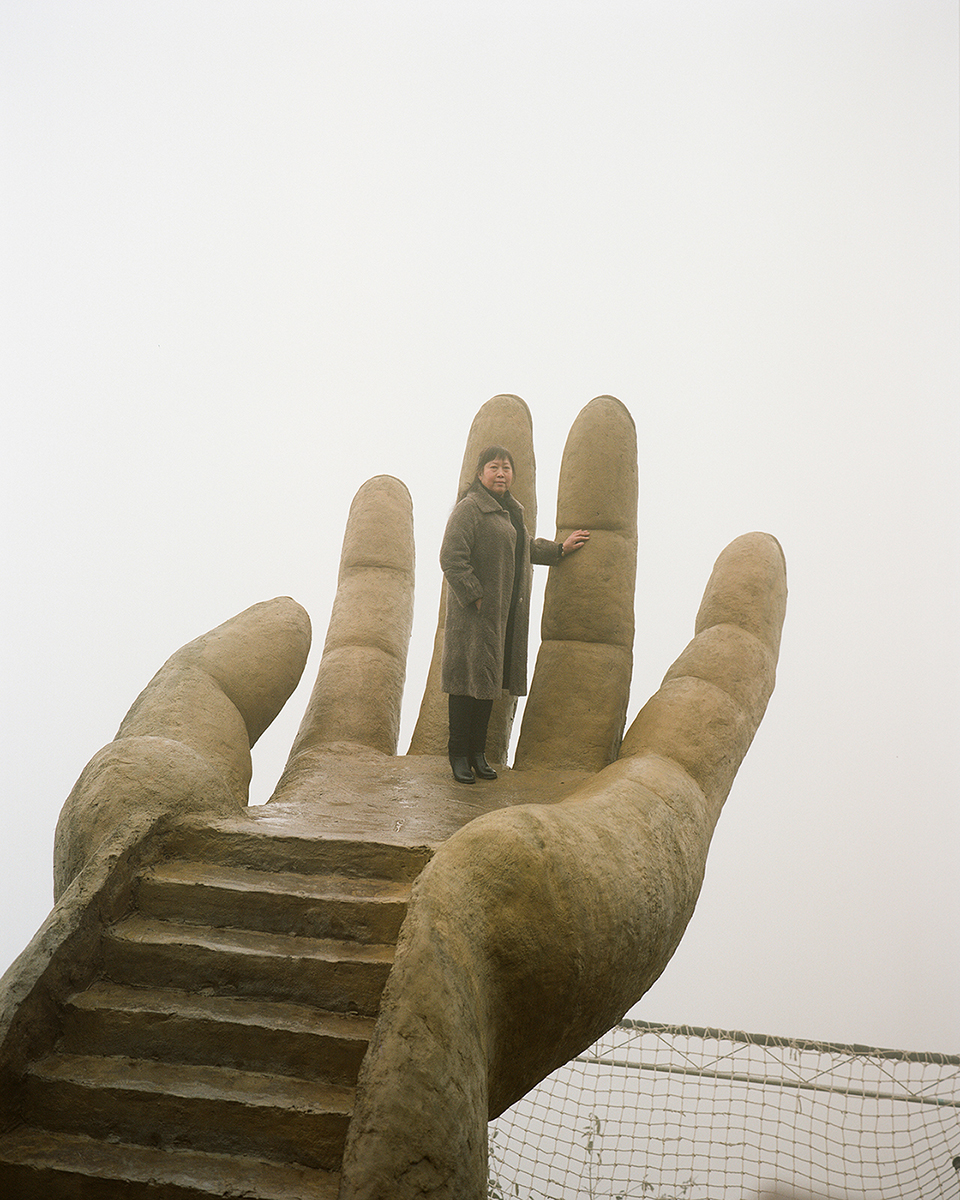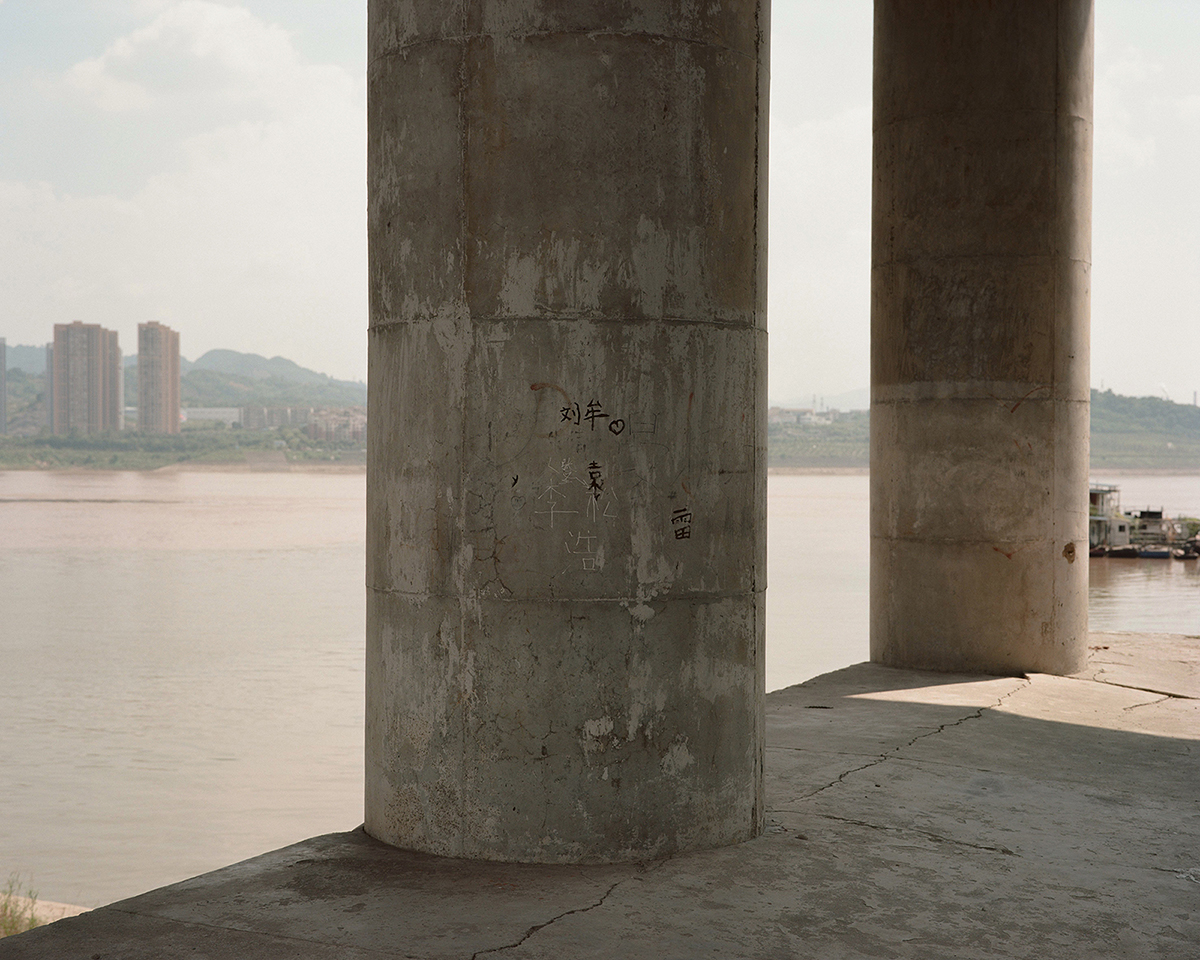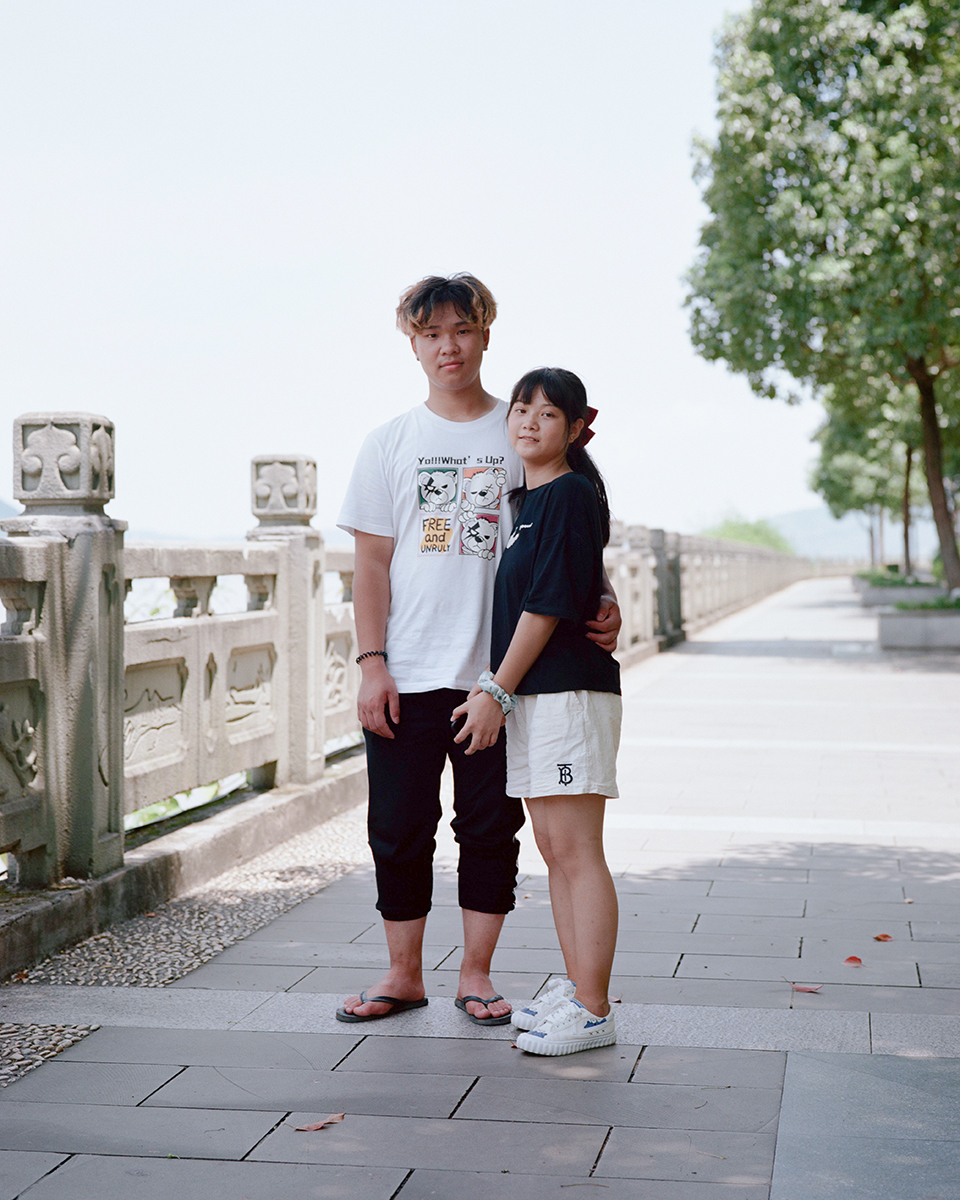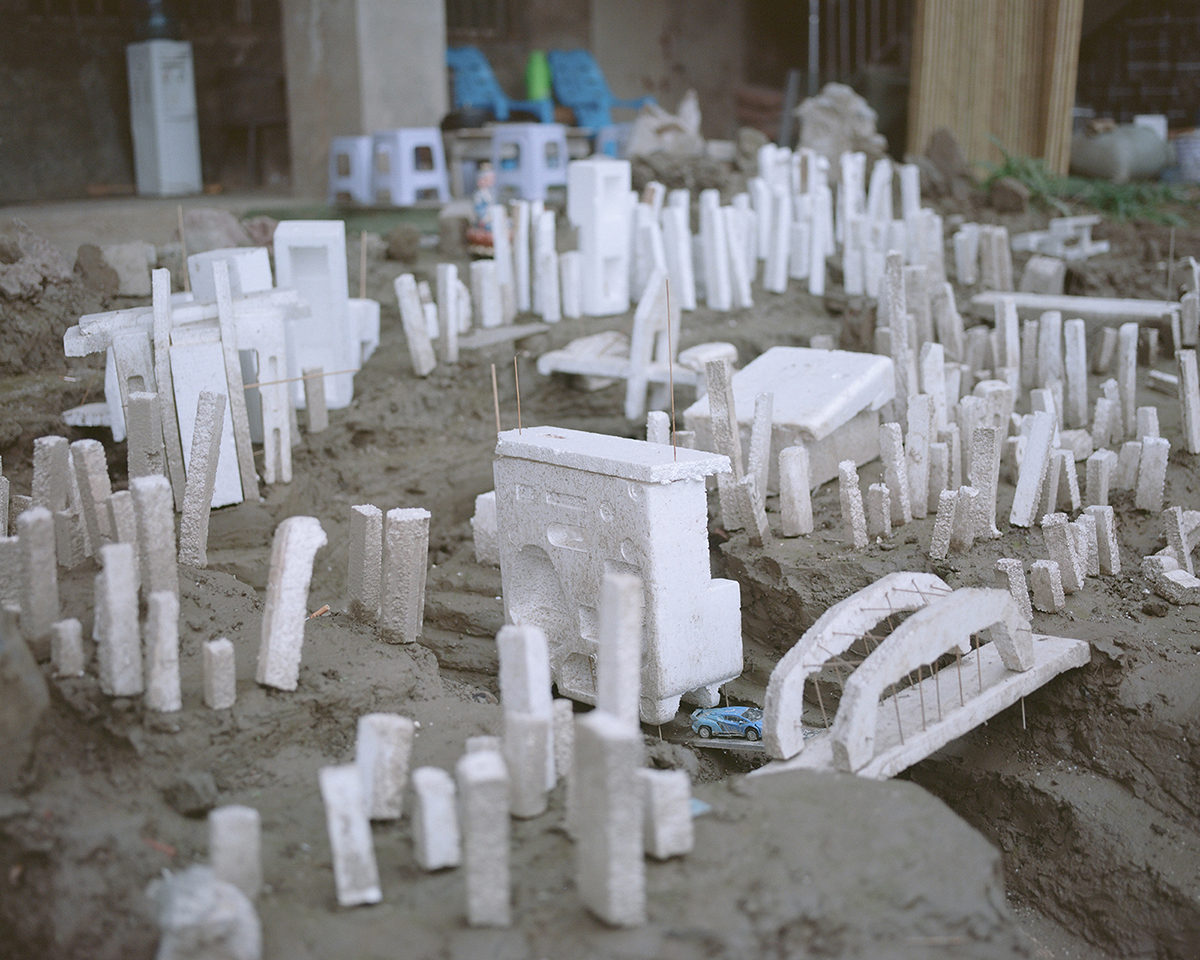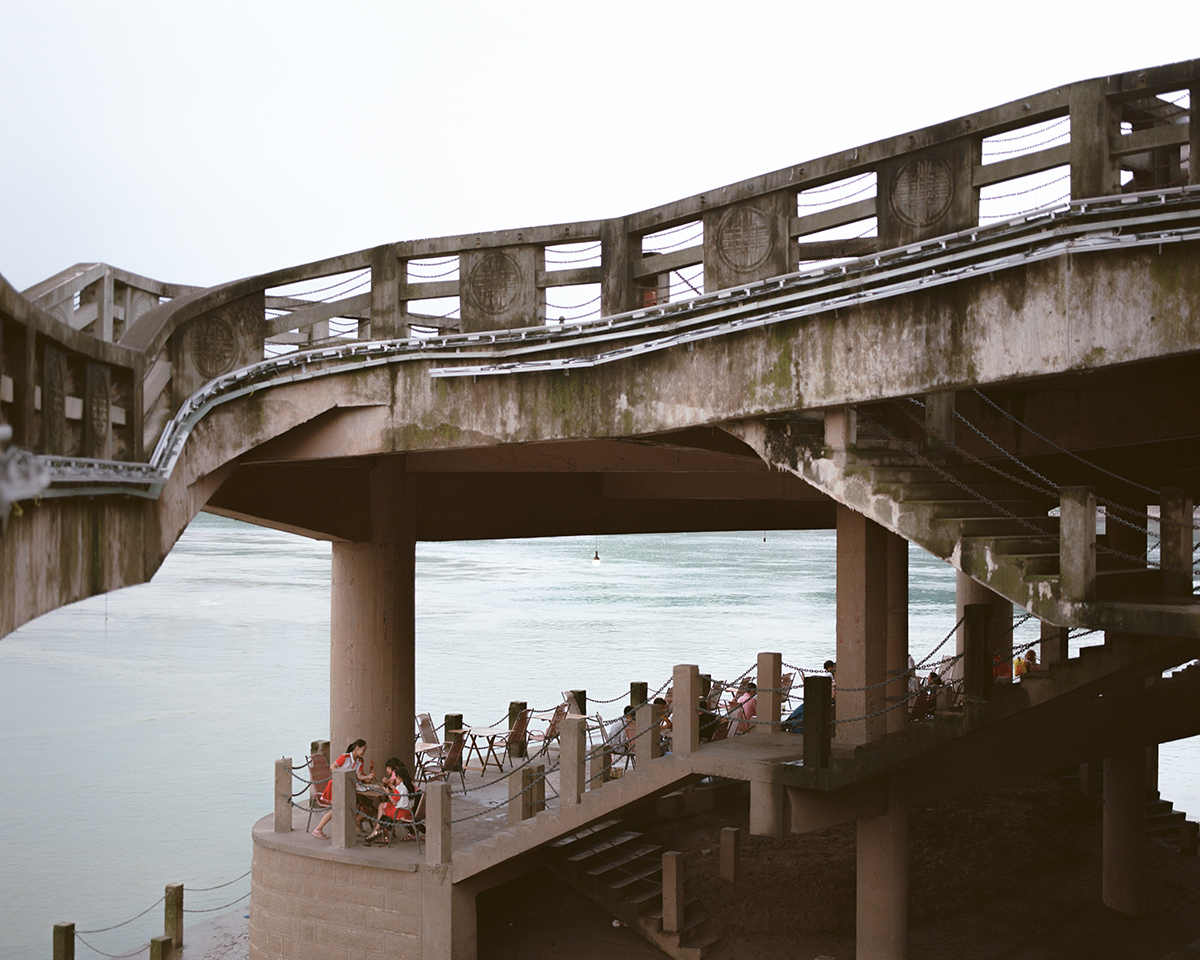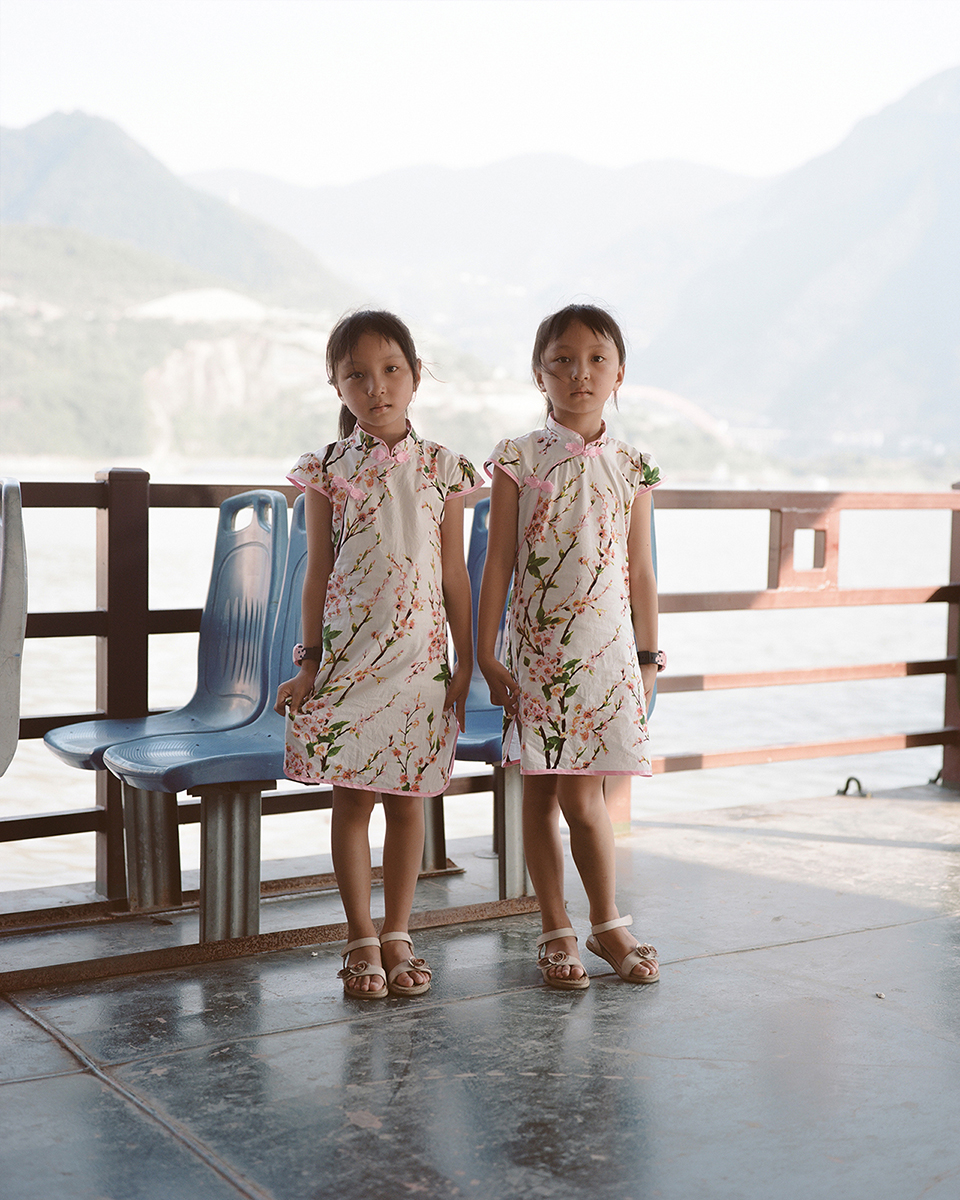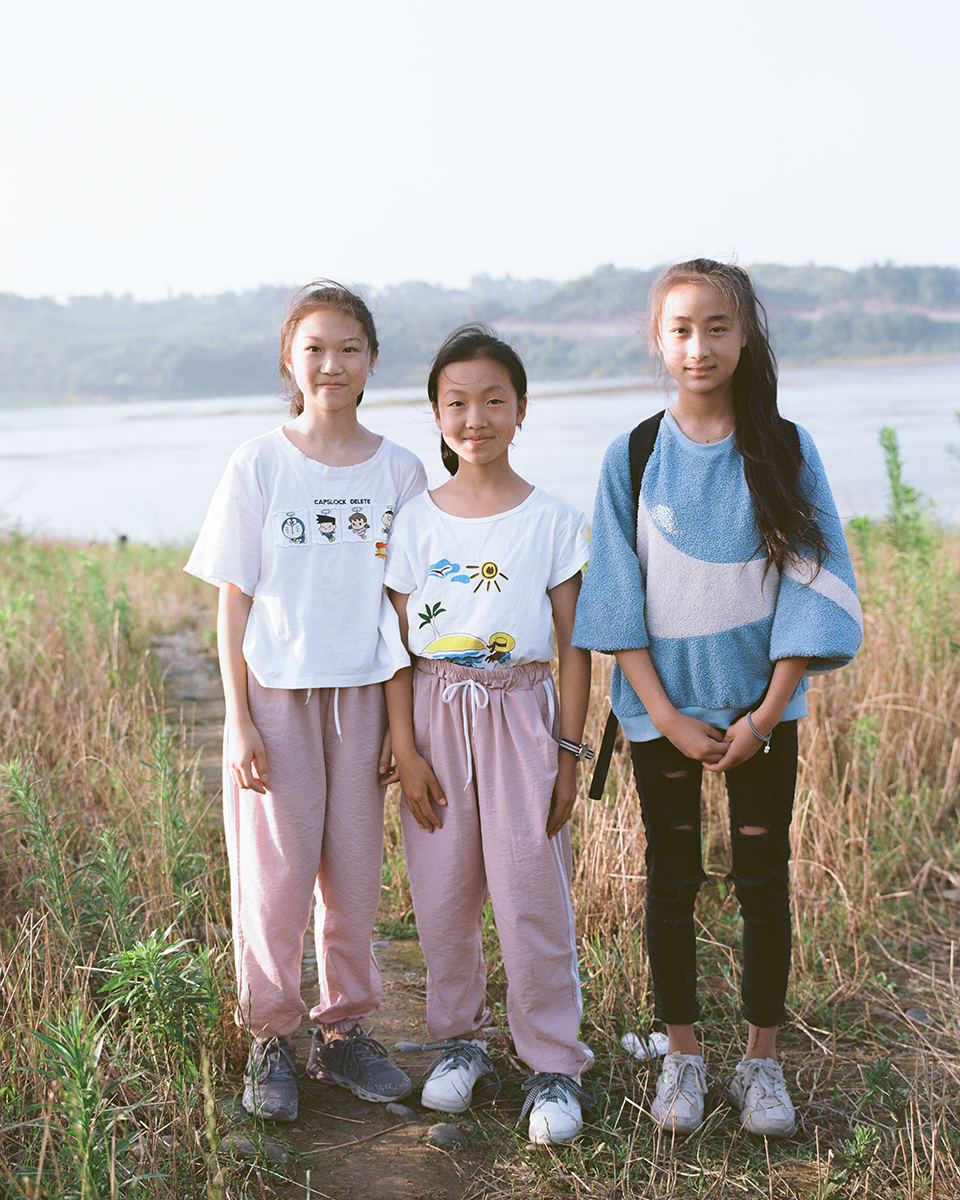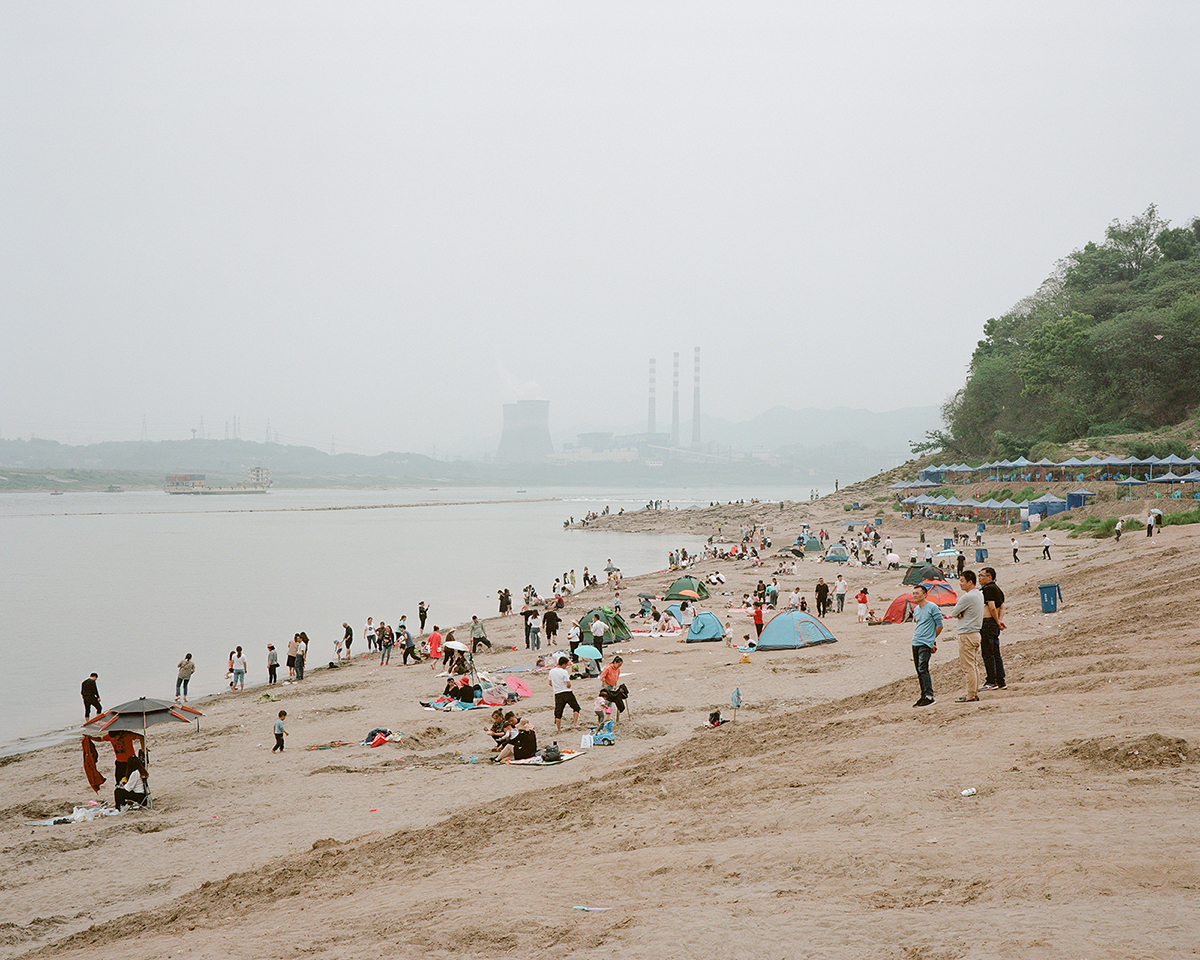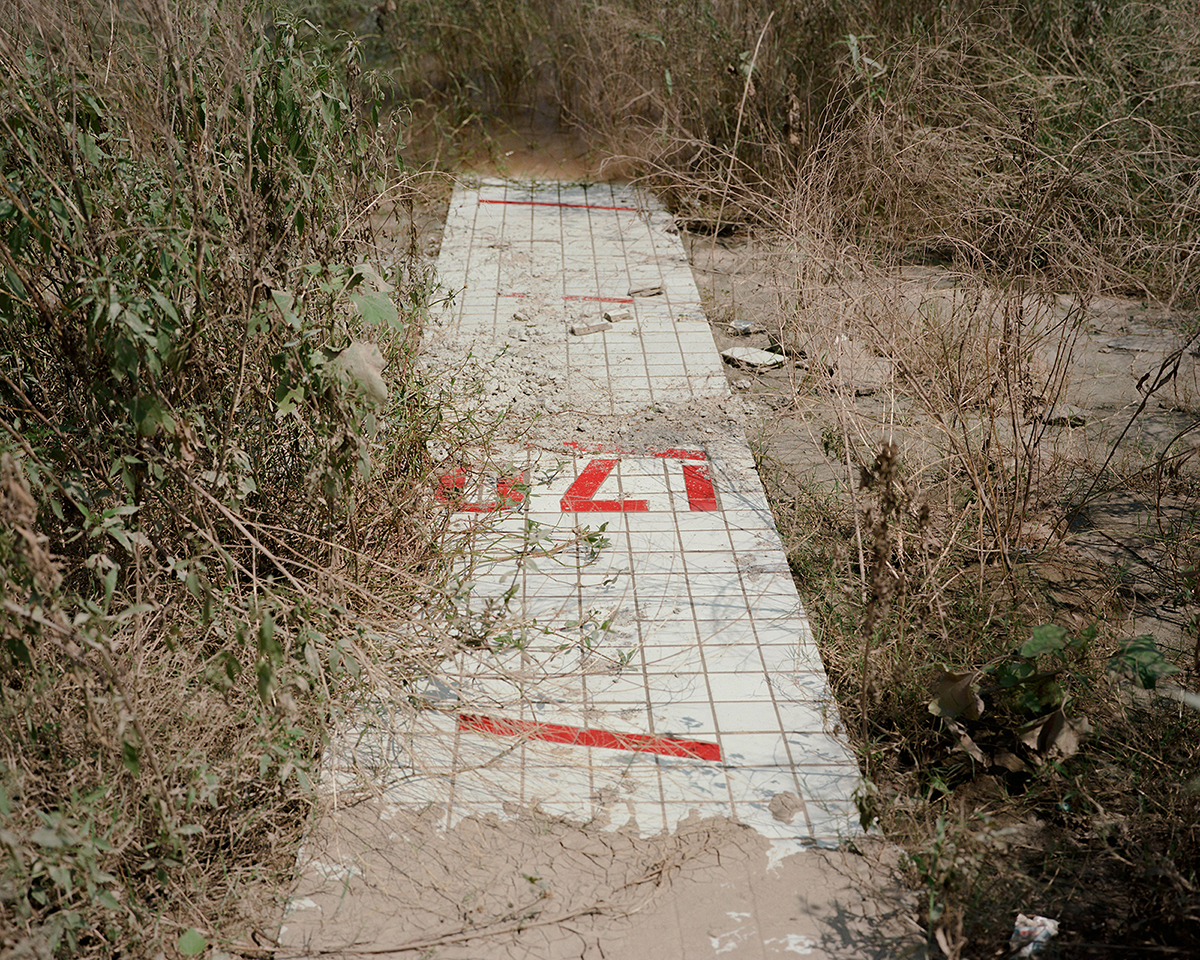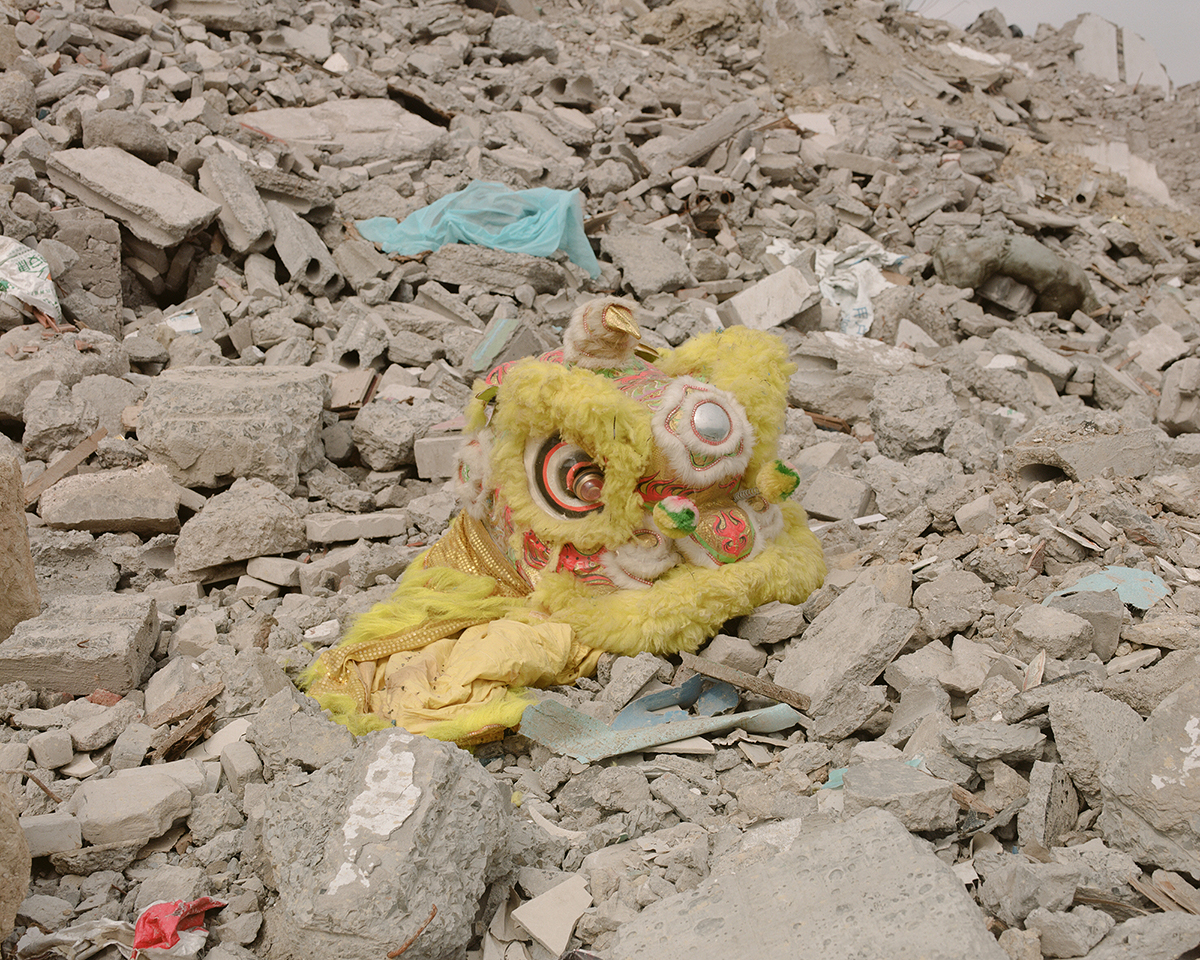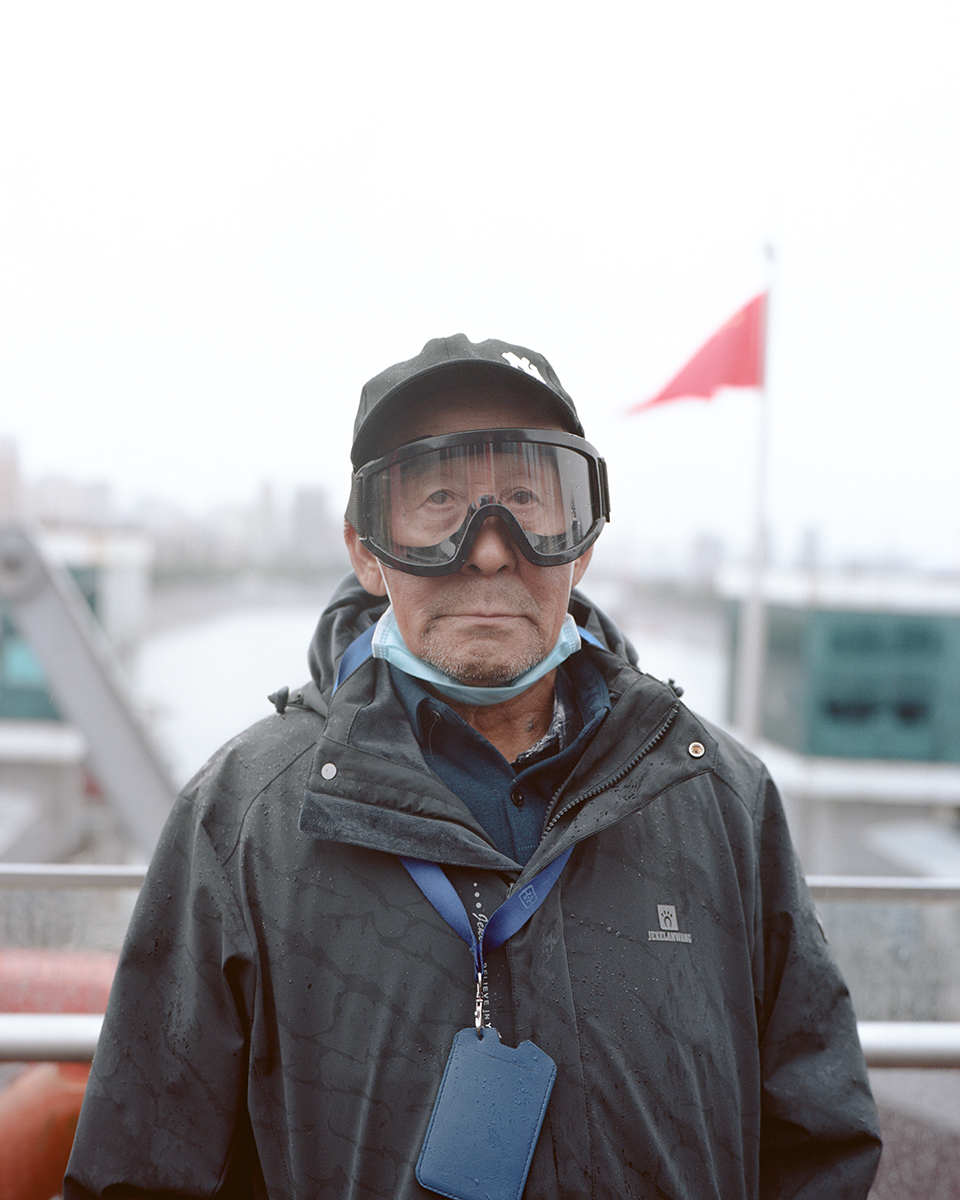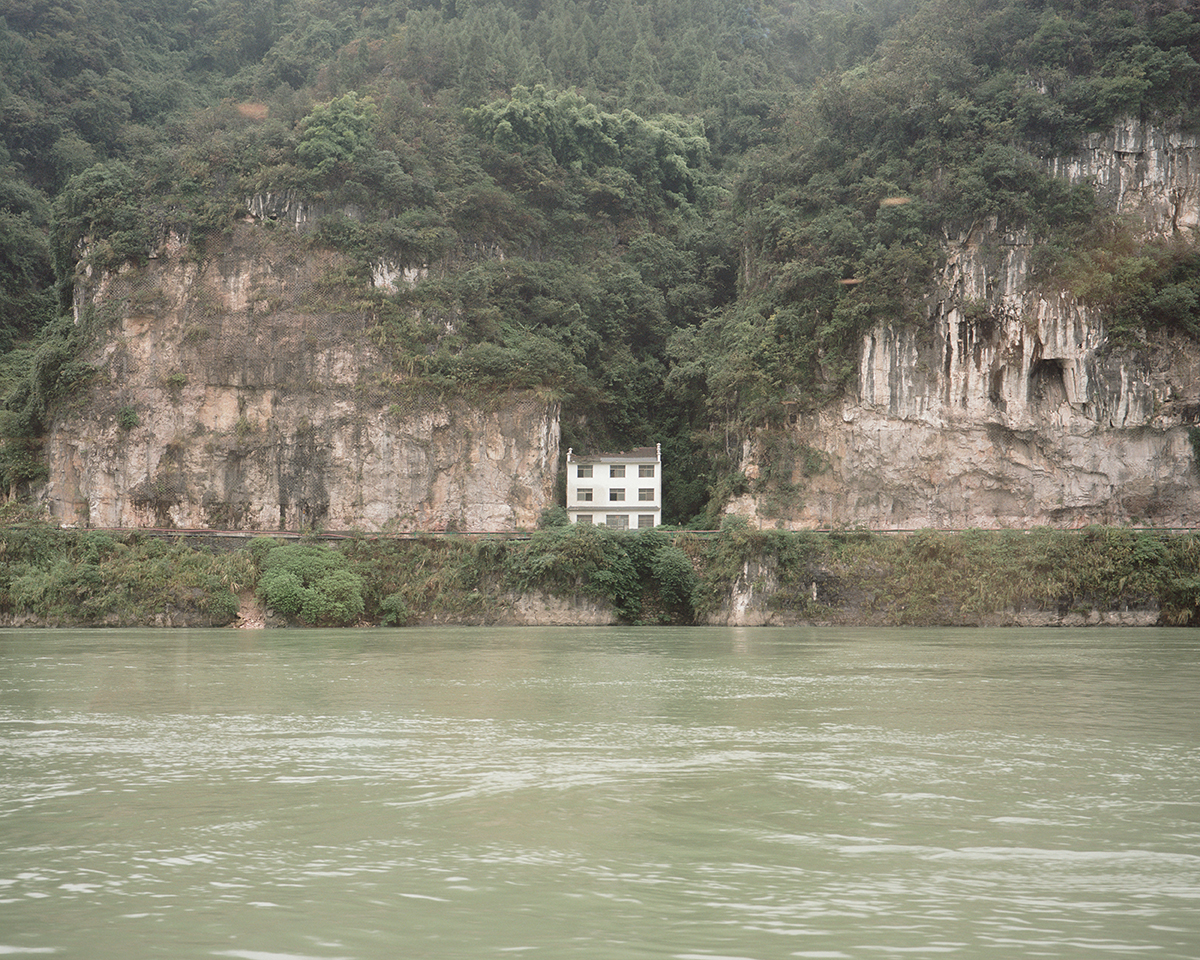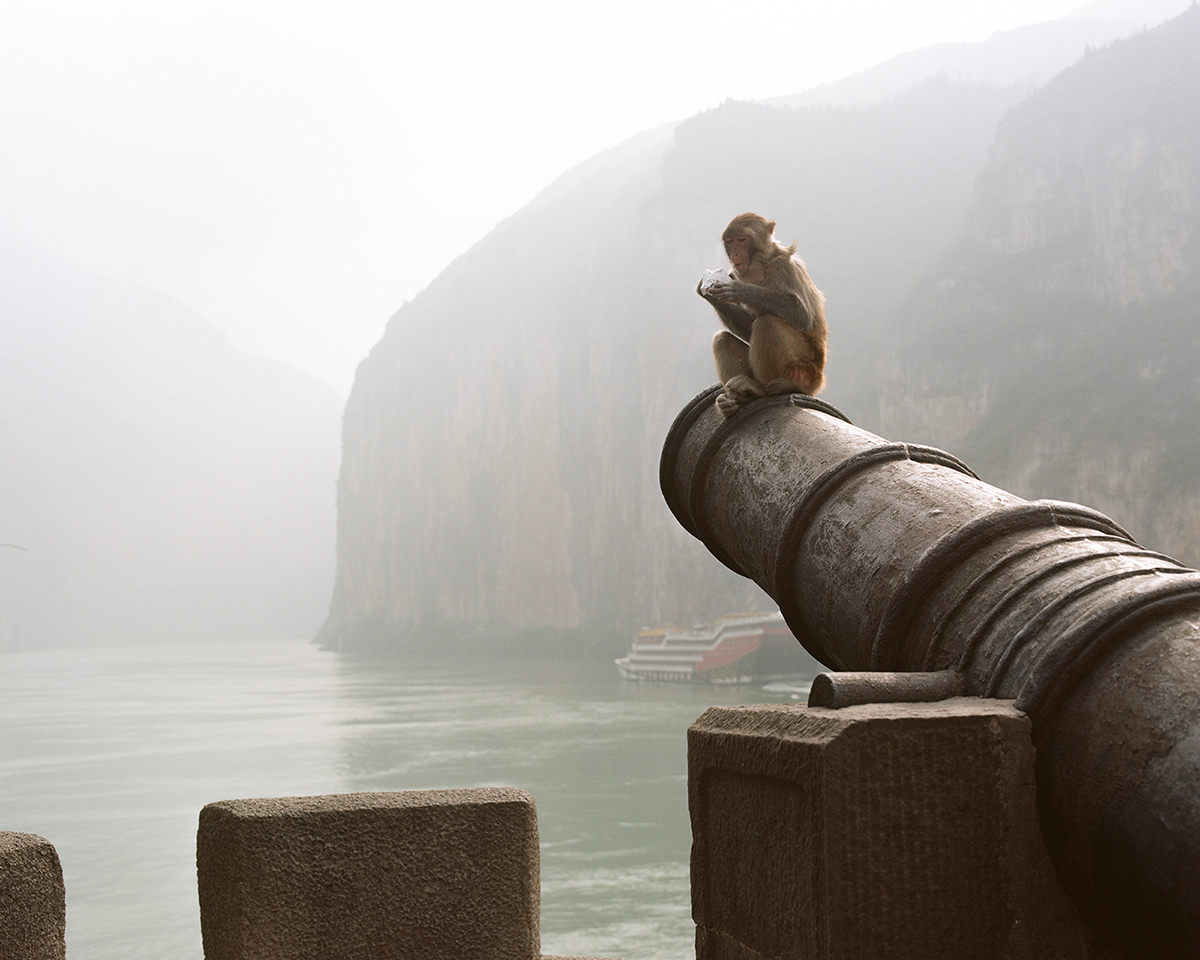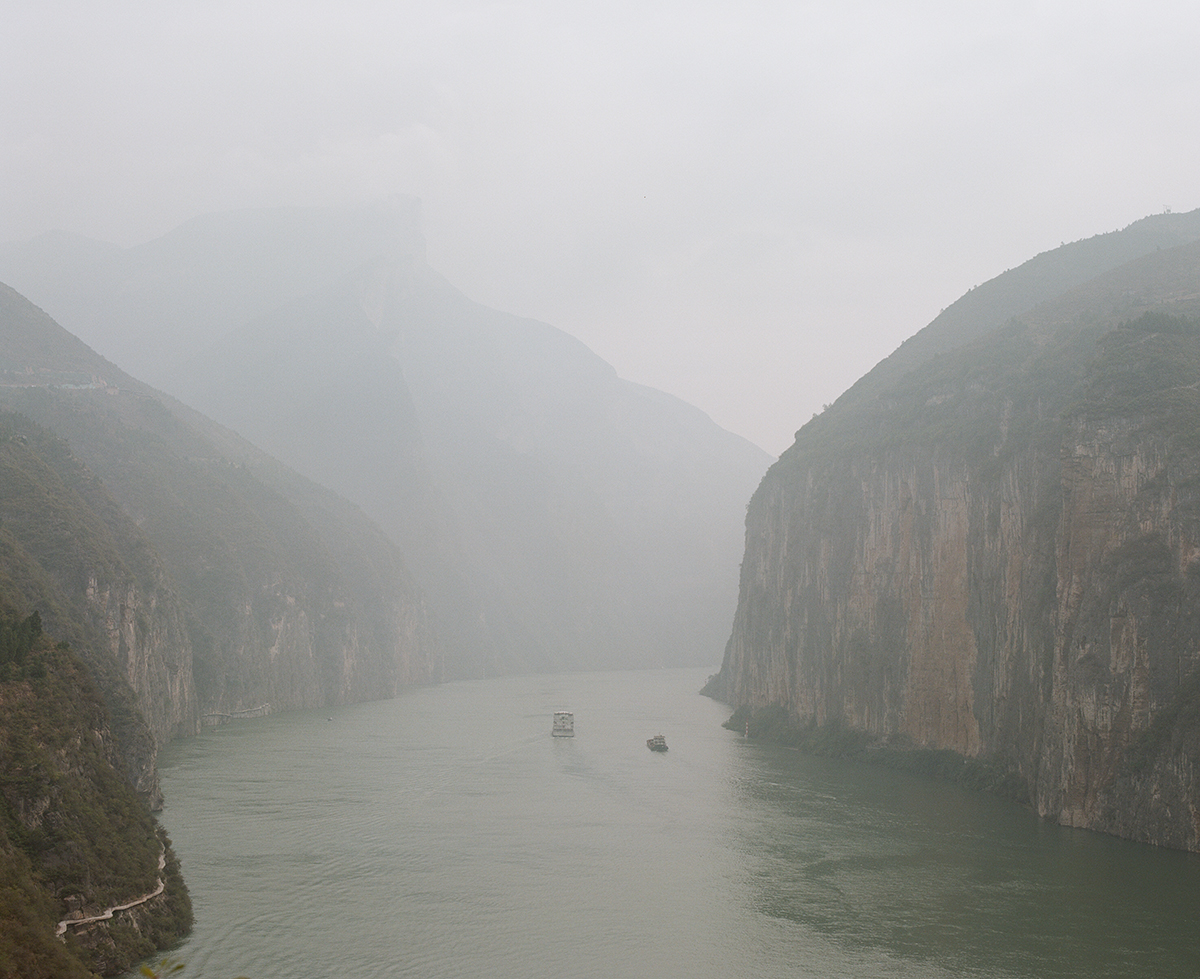川江指长江宜宾至宜昌段,全长1040公里,因大部分河段位于原四川省境内,故名川江,别称峡江。
在三峡大坝建成后,川江水位提升,航运能力发生蜕变,随之促进经济变革向内陆延展,但同时也带来其他诸多影响。大学毕业后,工作于此,在历经城市、乡镇、人类、河流后,我注意到近年来在区域发展中,传统与现代在本土的割裂、生活方式的改变、移民文化产生。面对这些社会现象所带来的的困惑,模仿古人沿江行走,寻找个体命运与时代的契合。
The Yangtze River basin, which spans eastern, central and western China, covers 18.8 percent of China’s land area and has a population of about 400 million people. With Yibin City as the node, human activities are concentrated in the middle and lower regions, and the impact on the environment and society is more significant.
After the completion of the Three Gorges Dam, the water level of the Yangtze River will rise and the shipping capacity will change, which will promote the economic reform to extend inland, but also bring many other impacts. In fact, at the beginning of 2018, the Chinese government has already started to make decisional policy support for the protection of the Yangtze River ecology, such as the establishment of the Yangtze River Environmental Protection Corporation.
After graduating from college, I worked here. After going through cities, towns, human beings and rivers, I noticed that in recent years, in regional development, tradition and modernity have been separated locally, lifestyle has changed, and immigrant culture has emerged. Confronted with the confusion brought about by these social phenomena, we imitated the ancients walking along the river to find the fit between individual destiny and the times.
